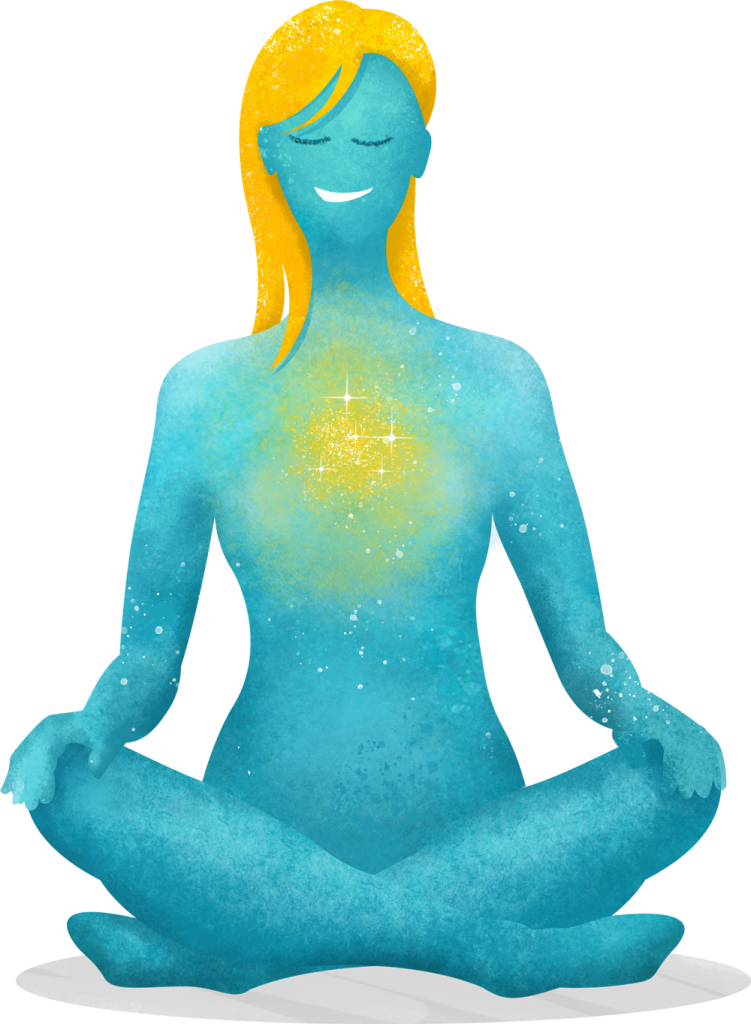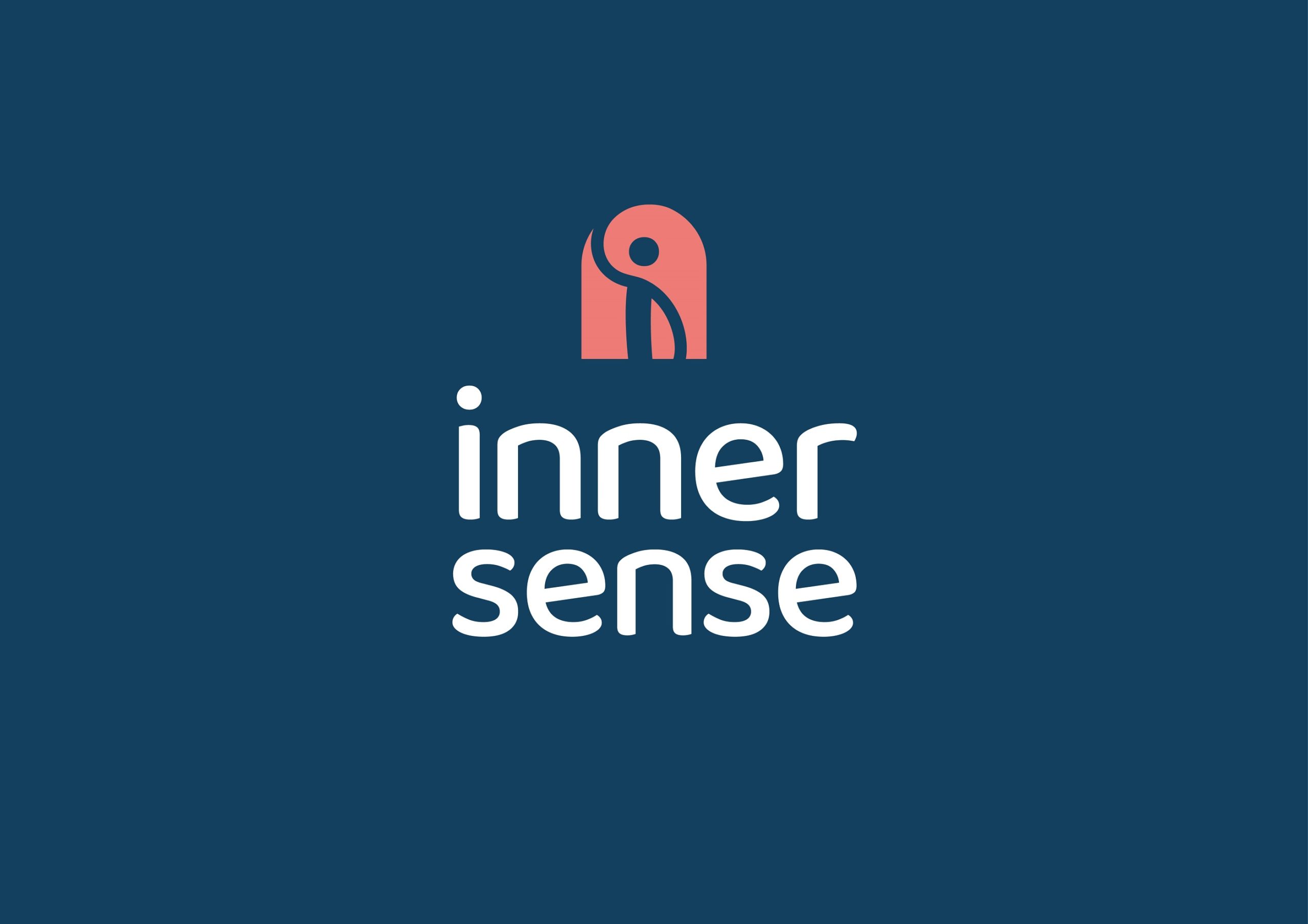Your attention to the words on this page is immensely valuable and I’m not just saying that to make your feel special. Many successful companies know that human attention is a scarce commodity. I find it fascinating that a new web-browser, called Brave is willing to pay internet users like you I for our attention. This is done with a form of online currency called Basic Attention Tokens (BAT).
It is easy to see that the volume of news and online media is expanding faster than ever. Yet it is equally easy to forget that the amount of attention each of us has to offer in any one day stays the same. I believe that it pays to be careful about where we allow our attention to be focused on. By choosing where we focus and for how long, we can avoid overwhelm or unwanted distraction.
Sifting and sorting through possibilities
I have a keen hunger for information about health and wellbeing. This year, I began using a newsfeed service called meta.org to help focus my attention on specific health-related topics. The service provides real-time updates on biomedical research publication and reports. By entering keywords for topics I am interested in, I get updated on emerging science in that field of study.
One of the first topics I chose to be updated on was ‘Interoception’. Interoception is a scientific term for our ability to sense what’s going on in our body. This expanding area of research is revealing the importance of our internal bodily signals – such as fluctuating heart rate, digestive processes and breathing – for physical and mental wellbeing. Measuring how accurately people can detect these signals inside their own body offers insights into the benefits of certain meditation exercises – which can be considered as ‘interoceptive training’ – as well as helping understand addictive behaviour and a variety of mental health conditions.
I believe that developing an awareness of our inner world is a key skill for helping us survive during times when there are lots of disturbances and distractions in our external environment.
During the last couple of months, I have found myself giving a lot of attention to the topic of Coronavirus. At other times, I’ve wanted to distance myself from the subject by doing a physical activity that I enjoy or tuning inwards and using meditation or other bodywork exercise to help regulate my wellbeing. I’ve used tuning-in to my body, or ‘interception’ as a means to determine my personal balance between being a well-informed and engaged citizen versus overly ruminating on what might or might not happen during the pandemic.
A peek down the viral rabbit hole
During one episode of viral curiosity, I added ‘Covid-19’ to my meta.org newsfeed to give me a flavour of how discussions are evolving in the medical community. At the end of February 2020, approximately 20-30 research papers each day were appearing on meta.org. By the end of March 2020, publications themed on Covid-19 peaked at almost 200 per day.
I was drawn to one paper released on 26th March 2020 that explored the genetic origins and emergence of the virus. It was written by experts in infectious disease and biosecurity from China and Australia. They compared the genetic fingerprint of the virus SARS-Covid-2 which causes Covid-19, to genetic fingerprints of the virus found in other animals. Their extensive studies have failed to conclude where Covid-19 came from.1 The role played by Huanan seafood market in Wuhan in spreading the virus to humans is not clear. Tests on wild bats and other animals have not been conclusive. Here are two facts I found interesting:
- The bat viruses most closely related to SARS-Covid-2 were found over 1,500 km from Wuhan.
- Even though the human and bat viruses share a fingerprint that is 96-97% similar, in reality this usually represents more than 20 years of viral fingerprint evolution.
This left the authors to state that there has been a ‘cryptic’ period of transmission of the disease in humans.
The Covid-19 puzzle continues
The 4th April edition of New Scientist magazine painted a similar picture of uncertainty about several other pieces of the novel virus puzzle.
- Attempts to find ‘Patient Zero’ – no one has been able to confirm where the first people to contract the virus came from. Some evidence shows it could have been present in China from late September 2019. 2
- Severity of infection – it is not certain if the ‘load’ of viral particles (think big sneeze near your face vs few particles blowing in the wind) is related to how ill someone gets. 3
- Effect of climatic conditions – cases of seasonal colds and flu usually dwindle in the Northern hemisphere as winter ends, but researchers can’t tell yet if the same is true for Covid-19.
- Predictions about future death rates – these could well be wrong because we don’t yet have an accurate death rates for this specific virus.4
- The best approach to slow the number of deaths – whether fast-tracked drugs and vaccines will slow the number of deaths, or which are the most effective distancing restrictions and hygiene measures.
The editors of New Scientist questioned the value of statistics so early on in this crisis, concluding that, “they are of little use”. It may feel disturbing to know that there are no absolute answers about this disease. The uncertainty, in part, is why the world has flipped on its axis.
Feeling safe in uncertainly
Even though statistics limit our understanding of the disease, we should not be complacent about good hygiene and social distancing. It still pays to minimise our exposure to the virus as it will reduce the chance of people falling ill in the first place. However, the point I would like to emphasise today is this: if you find yourself feeling anxious about the uncertainty we are all I, remind yourself that that is okay to feel this way… that the experts are unclear too. We just don’t know what the outcomes will be yet.
I believe that the frontiers of unanswered questions are where the most profound new inquiries and opportunities arise. We will explore some post-pandemic opportunities in the final article of this series.
So, for now, I will close by inviting you to ask where the balance of your attention rests during this pandemic. How much time is spent paying attention to the signals from your inner world compared to time spent responding to news, media or questionable stories from the outside world?
Focus on what makes you feel good
Be aware of getting drawn into any story that leaves you feeling drained or disempowered. Conspiracy theories have this effect on some people; they can make you feel even less empowered than normal. Instead, take time to dwell on the things that lift you up. By tuning-in to the newsfeed from your inner world – through mindfulness techniques or breathing – you are resting in a reliable space that will be there for the whole of your life. Simple belly breathing exercise are one way to do this. You can find instruction for one type of exercise, belly breathing, below.
In the next article we will look at other simple and free interventions you can use at home to boost your wellbeing.
Till then, stay vital and stay connected.
Ian
Basic Belly Breathing – to train for interoception
- Lie on your back and make yourself comfortable. You may want a pillow under your head and a bolster or rolled-up towel under your knees to give your legs support.
- Place one hand on the middle of your chest and the other hand just above your belly button. Placing your hands in these positions will help you tell the difference between breathing using the muscles in your upper chest, or the diaphragm, and other muscles in your abdomen.
- Breathe in steadily through your nose so that you notice the hand on your stomach moves upwards whilst the hand on your chest stays relatively still.
- As you breathe out, use the muscles around your abdomen so that the hand on your stomach moves downwards – again the hand on your chest stays relatively still.
- Repeat the breath cycle at a slow and steady pace for a few minutes twice per day until this style of breathing feels easy.
Sources and References
- https://www.cell.com/cell/fulltext/S0092-8674(20)30328-7?_returnURL=https%3A%2F%2Flinkinghub.elsevier.com%2Fretrieve%2Fpii%2FS0092867420303287%3Fshowall%3Dtrue
- https://www.newscientist.com/article/mg24532764-000-the-hunt-for-patient-zero-where-did-the-coronavirus-outbreak-start/
- https://www.newscientist.com/article/2238819-does-a-high-viral-load-or-infectious-dose-make-covid-19-worse/
- https://www.newscientist.com/article/mg24532764-000-the-hunt-for-patient-zero-where-did-the-coronavirus-outbreak-start/



